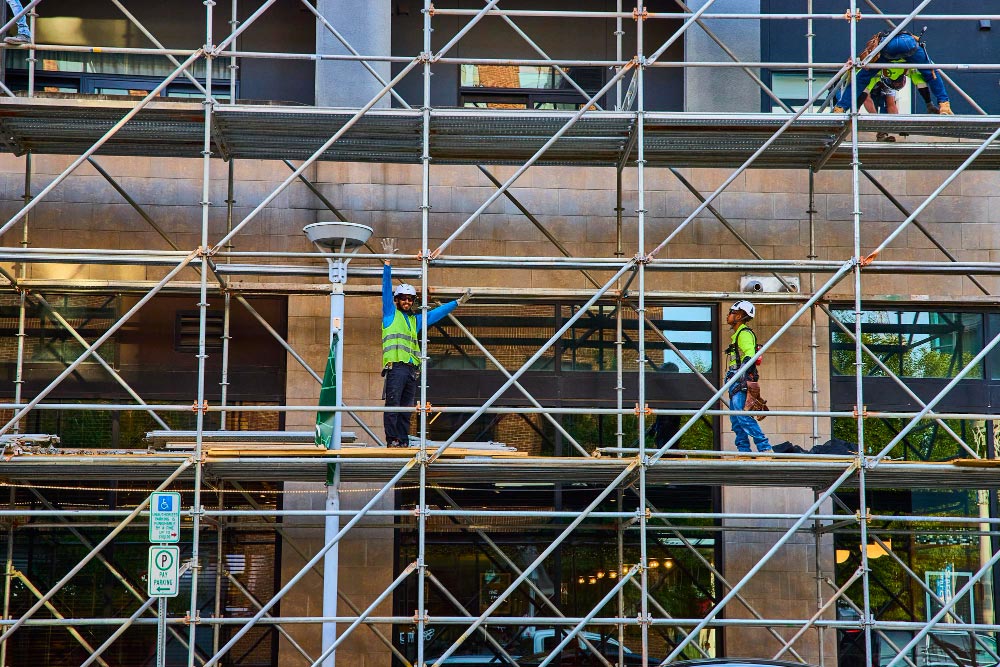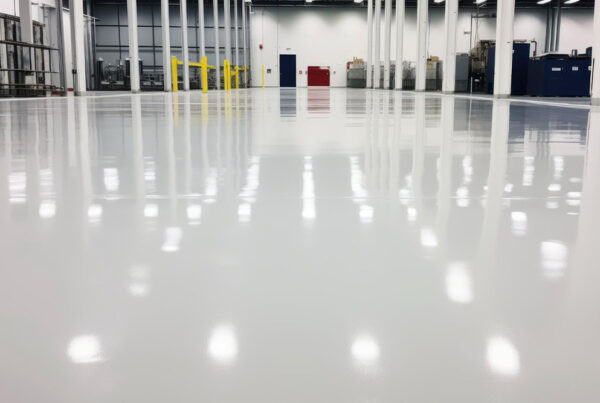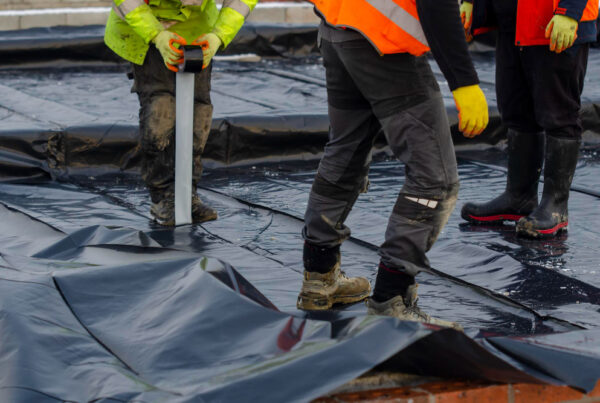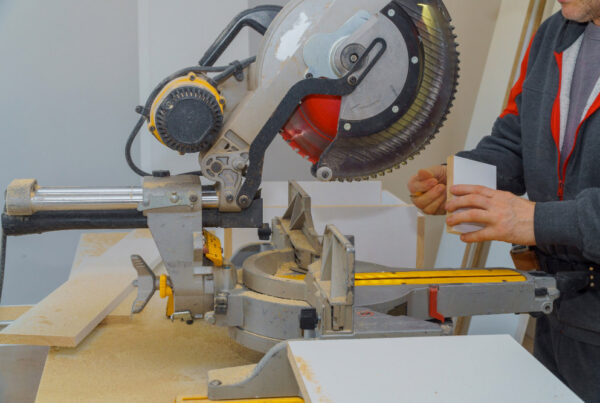Scaffolding plays a crucial role in the construction industry, providing workers with the temporary platforms they need to safely perform tasks at height. Whether for large-scale projects or smaller renovations, the use of proper scaffolding is essential for ensuring the safety and efficiency of workers. In this article, we will explore why proper scaffolding is so important and how it contributes to overall construction safety.
1. Ensuring Worker Safety at Heights
One of the primary reasons scaffolding is used in construction is to provide a safe working environment at heights. Working on uneven or unsteady surfaces, such as ladders or incomplete structures, significantly increases the risk of falls and accidents. Properly erected scaffolding offers a stable and secure platform for workers, reducing the likelihood of slips, trips, and falls.
By providing sturdy platforms, scaffolding helps workers move around more easily and complete tasks with greater confidence, minimizing the physical strain and risk of injury.
2. Enhancing Efficiency and Productivity
Scaffolding doesn’t just improve safety—it also enhances productivity. With a secure and stable platform, workers can access hard-to-reach areas without constantly repositioning ladders or other equipment. This efficiency reduces downtime and allows workers to focus on the task at hand. Moreover, scaffolding systems can be customized to fit the specific needs of the project, providing multiple levels for workers to operate on simultaneously, which speeds up the construction process.
3. Compliance with Safety Regulations
Construction is a heavily regulated industry, and proper scaffolding is a key component of meeting legal safety requirements. In most countries, construction regulations and safety codes mandate the use of scaffolding for work conducted at certain heights. Failure to comply with these regulations can result in fines, penalties, and serious legal consequences for construction companies.
By using certified and properly erected scaffolding, construction firms not only protect their workers but also ensure compliance with safety standards and regulations.
4. Reducing the Risk of Falling Debris
In addition to protecting workers from falls, scaffolding also helps to mitigate the risk of falling debris. Construction sites are busy environments where tools, materials, and debris are constantly being moved around. Properly constructed scaffolding is often equipped with guardrails, toe boards, and netting to catch or contain falling objects, preventing them from causing harm to workers or damaging the property below.
This added layer of protection is especially important on large construction sites, where multiple teams may be working at different elevations simultaneously.
5. Customization for Different Construction Needs
Another advantage of using proper scaffolding is the ability to customize it to the specific needs of a project. Whether a construction site requires mobile scaffolding, suspended scaffolding, or modular scaffolding systems, these structures can be adapted to fit the size, shape, and height requirements of the project. This flexibility allows workers to perform tasks in hard-to-reach areas while ensuring safety at all times.
Customized scaffolding also helps to ensure that workers can access various parts of the building or structure simultaneously, which not only improves safety but also increases overall project efficiency.
6. Supporting Heavy Loads
Scaffolding is designed to bear the weight of workers, their tools, and materials, making it an essential tool for construction projects that require heavy-duty work at height. Properly constructed scaffolding can support significant loads, ensuring that workers can safely carry out their tasks without worrying about structural collapse or overloads. This makes scaffolding especially valuable for tasks that involve moving large or heavy materials up and down the structure.
7. Preventing Accidents and Legal Liability
Accidents on construction sites can lead to significant legal and financial consequences. Injuries, damaged property, and project delays can all result from improper scaffolding setups. Inadequate scaffolding not only endangers workers but can also open the door to legal claims against construction companies. Proper scaffolding helps reduce these risks by ensuring a safe work environment, preventing costly accidents, and minimizing legal liability.
Best Practices for Scaffolding Safety
To ensure that scaffolding is properly installed and maintained, it’s important to follow these best practices:
- Inspection: Scaffolding should be inspected regularly to ensure that all components are in good condition and securely fastened. Inspections should be conducted before use each day and after any adverse weather conditions that could affect the structure.
- Training: Workers using scaffolding should be properly trained on how to safely navigate and work on scaffolding systems. Training should also include instructions on how to properly secure tools and materials to avoid falling objects.
- Weight Limits: Always adhere to the weight limits specified for the scaffolding system. Overloading scaffolding can cause structural failure and increase the risk of accidents.
- Fall Protection: Ensure that guardrails, toe boards, and netting are in place to protect workers from falls and prevent objects from falling off the scaffolding.
- Proper Erection and Dismantling: Scaffolding should always be erected and dismantled by trained professionals who understand the necessary safety protocols and ensure that the structure is secure and stable.
Conclusion
Proper scaffolding is an essential element in ensuring construction site safety. It provides stable working platforms, enhances productivity, reduces the risk of accidents, and ensures compliance with safety regulations. By using well-maintained, properly erected scaffolding systems, construction companies can protect their workers, minimize risks, and contribute to a safer, more efficient work environment. The importance of scaffolding cannot be overstated when it comes to ensuring a successful and safe construction project.



